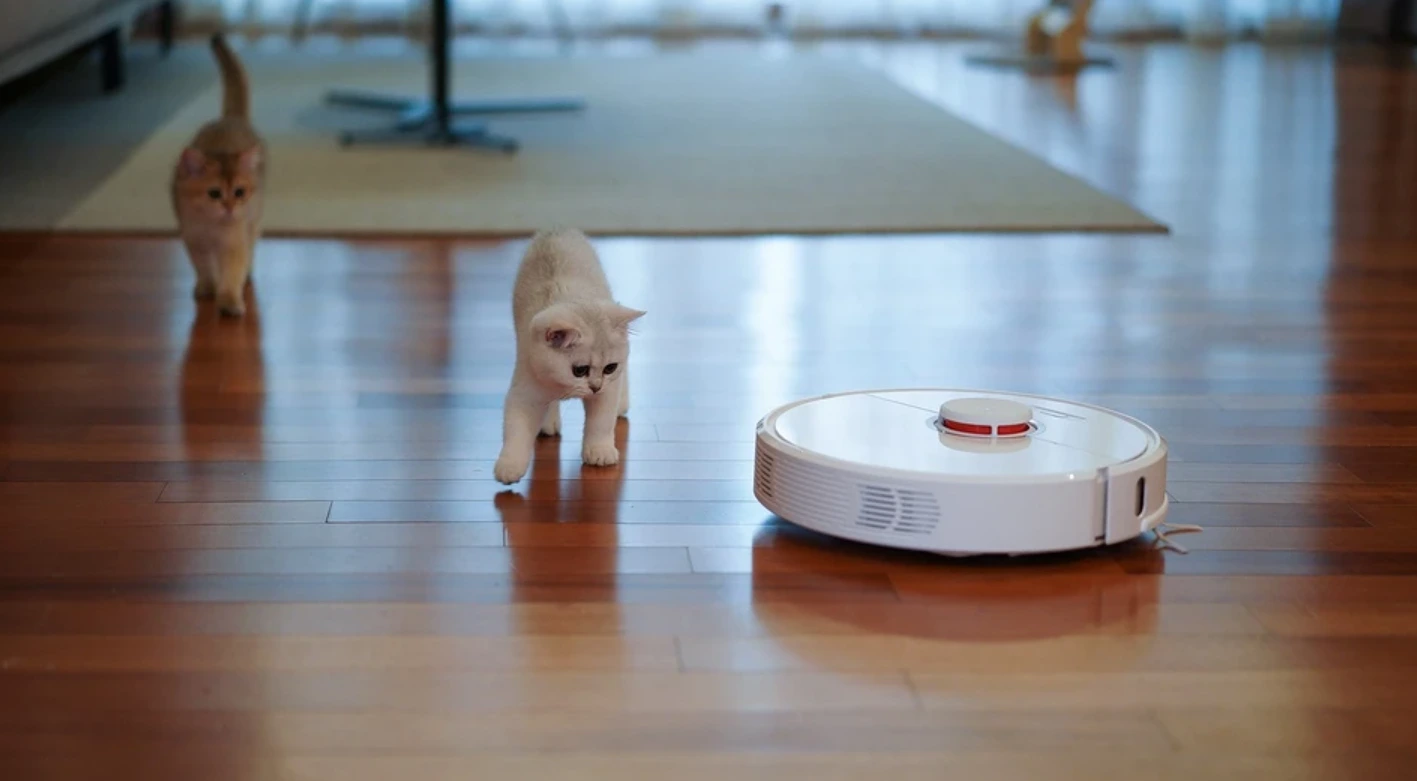Serial fully unmanned vehicles in the world do not yet exist, because automakers and lawmakers have not yet managed to decide to find an answer to the question of responsibility in the event of an accident. But where the cost of an error is not so high – in robotic vacuum cleaners – the same technical solution has long been actively used that helps unmanned vehicles navigate in space. We are talking about lidars.
The term “LIDAR” ( Light Detection and Ranging – “detection and ranging using light”) hides a method for determining the distance to objects due to the emission of light waves. The similarity with the word “radar” is not accidental. Both devices work on the same principle and differ only in what waves are emitted. Radars use radio waves, and lidars use light waves, the measurement of the reflection time of which by the receiver on the device helps to understand the distance to surrounding objects.
How robotic vacuum cleaners scan the room
The lidar, by emitting a short pulse of light, measures the time it takes for the reflected light beam to return to the lidar receiver. The physical properties of light are such that the reflected light returns with a delay, the duration of which depends on the distance between the light source and the object on which it falls.
Given that the speed of light is well known and constant, the development of technologies that allow you to quickly measure the gap between the emission and reflection of light has made it possible to use this phenomenon for navigation in space.
Given the need for unmanned vehicles and robotic vacuum cleaners to understand what the situation is 360 degrees around the device, they use rotating lidars. A beam of light is constantly emitted into space during operation, powerful electronics quickly estimate the reflection time and then, based on this data, a 3D space map is formed.
Since the beam of light is equally effectively reflected both in open space and indoors, in daylight and in the dark, lidars are able to work in all conditions. A problem for lidars can only be transparent and reflective surfaces, which complicates the operation of such systems. And if in the case of cars the cost of an error due to an incorrect assessment of the situation is high, then for a robot vacuum cleaner everything will turn into an uncleaned floor area, which is not so critical.
Accuracy
For greater navigation accuracy, lidars can be combined with radars and video cameras, but such systems are usually used in unmanned vehicles or aircraft, and such a set is redundant for robot vacuum cleaners.
Lasers or LEDs can be used as a light source, and the latter is more often used for household appliances, and the pulse frequency is selected so that it is no less than the response time from potential obstacles around. LIDARs can scan space in several planes, but for robotic vacuum cleaners, scanning in a horizontal plane is sufficient. Then the lidar captures the reflected signal and the system processes the received data, forming a map of the environment with all obstacles.
“Accidents” are also possible if glass or chrome objects are in the field of view of the robot vacuum cleaner, but the speed of movement of household appliances is not so high, and then such errors are not critical. You can solve it either manually by moving the robot vacuum cleaner to an open space, or by adjusting the created space map in the device’s smartphone application.
Therefore, if you want to be at the peak of technology, but there is no opportunity to buy an unmanned vehicle (both financial and purely physical due to the lack of full-fledged drones on sale), then you can buy a robot vacuum cleaner and touch unmanned technologies.
Why do we need maps and navigation at all
Vacuum cleaners with lidar do not just navigate better: they drive along a well-defined trajectory, without missing sections. This increases the speed and quality of cleaning. And having a map allows you to use advanced modes. For example…
- Establish no-go areas for cleaning. Entire rooms or corners where you don’t need to call.
- Assign cleaning to a specific room. True, this option must be supported by the robot software.
- Visually observe the movements of the robot on a smartphone. And understand where it is if it gets stuck.

